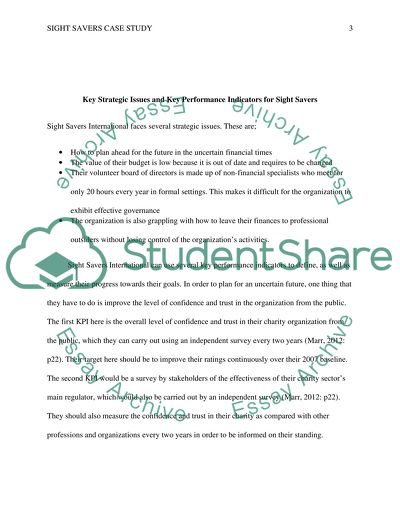Cite this document
(“Improvement measures on Sight Savers Essay Example | Topics and Well Written Essays - 3000 words”, n.d.)
Improvement measures on Sight Savers Essay Example | Topics and Well Written Essays - 3000 words. Retrieved from https://studentshare.org/finance-accounting/1475391-improvement-measures-on-sight-savers
Improvement measures on Sight Savers Essay Example | Topics and Well Written Essays - 3000 words. Retrieved from https://studentshare.org/finance-accounting/1475391-improvement-measures-on-sight-savers
(Improvement Measures on Sight Savers Essay Example | Topics and Well Written Essays - 3000 Words)
Improvement Measures on Sight Savers Essay Example | Topics and Well Written Essays - 3000 Words. https://studentshare.org/finance-accounting/1475391-improvement-measures-on-sight-savers.
Improvement Measures on Sight Savers Essay Example | Topics and Well Written Essays - 3000 Words. https://studentshare.org/finance-accounting/1475391-improvement-measures-on-sight-savers.
“Improvement Measures on Sight Savers Essay Example | Topics and Well Written Essays - 3000 Words”, n.d. https://studentshare.org/finance-accounting/1475391-improvement-measures-on-sight-savers.


